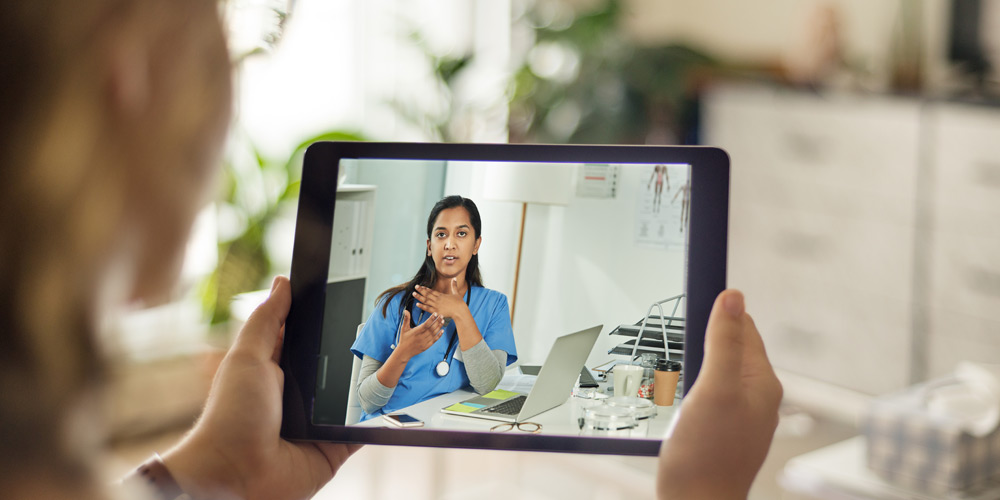Delivering more care through tablets, laptops and mobile phones, whether at home or in another lower-cost setting, could help us prevent the next pandemic. For much of the last decade, we’ve envisioned on-demand, “anywhere” delivery of healthcare via a consumer-to-business (C2B) platform. The consumer and industry responses to the COVID-19 pandemic are accelerating the trends that have informed our thinking.
So how can we expect to see these trends play out in the next few years to potentially enable the health system to quell outbreaks before they metastasise into pandemics?
On-Demand C2B Healthcare Platforms
Many healthcare systems are already investing in technology-based solutions. However, the digital offerings arising from these efforts tend to be tightly integrated with one company and its platform. We are now also seeing non-traditional health players, such as Amazon, Apple and Google, advancing their abilities to deliver new apps and health tools.
Three to five years from now, consumers will have smartphone apps from one or more competing platforms, offering access to private healthcare providers and services. When they feel an odd tickle in their throat, they will be able to enter their symptoms and other details into the app and an artificial intelligence (AI) agent will offer recommendations of various medical practitioners to consider. Consumers will also be able to check reviews, quality ratings and prices via the app, which will securely store their health data, and then set up virtual or clinical appointments with a swipe.
With ubiquitous, affordable access to care via a smartphone, not only will more people get care more quickly, but the health system will also collect data and signals about a potential outbreak in real-time.
Virtual Care Gets Real
Today, many healthcare systems have promoted teleheath channels to keep people with mild COVID-19 symptoms and routine care needs away from overcrowded hospitals. These telehealth channels have been overwhelmed, though, so health organisations will likely expand these capabilities, especially as consumers avoid clinics and physician offices.
Soon, most individuals will routinely use telehealth services. People will sign up, conduct monthly (or more frequent) check-ins and receive regular health coaching from an AI agent via text or voice assistant, based on data they transmit from their wearables. Algorithms will alert individuals to anomalies in their readings even before they feel ill. Telehealth providers will share anonymised AI-driven findings automatically with public health officials through application programming interfaces (APIs).
The Emergence of Hospitals as a Service
Moving forward, many healthcare providers, particularly private ones, will adopt the “hospital as a service” business model. These organisations will act as hubs, providing services to other hospitals, clinics and individuals. High-speed, high-capacity 5G wireless networks will enable data to be processed by AI agents at network edges for fast decision support. Standard in-home medical kits will include internet-connected thermometers and simple test kits that automatically transmit data to the hub for analysis.
Hospitals as a service will also enable remote bedside monitoring services. This will allow sicker patients to be isolated and treated at unconventional care locations while primary facilities continue to safely deliver elective and preventative care.
Expanding the Digital Footprint
The building blocks for these mid-term visions either already exist or are being formed now. What has been lacking is the industry will to solve data fluidity challenges and embrace competitive market pricing within the private sector.
The enactment of new rules forcing interoperable data and transparent prices and the punch from the COVID-19 pandemic should accelerate the industry’s evolution toward on-demand care, anywhere. By developing the capabilities required to deliver app-first C2B healthcare, the industry will gain the agility and manoeuvrability required to fight the next virus more effectively.
By William Shea, Vice-President within Cognizant Business Consulting’s Healthcare Practice

